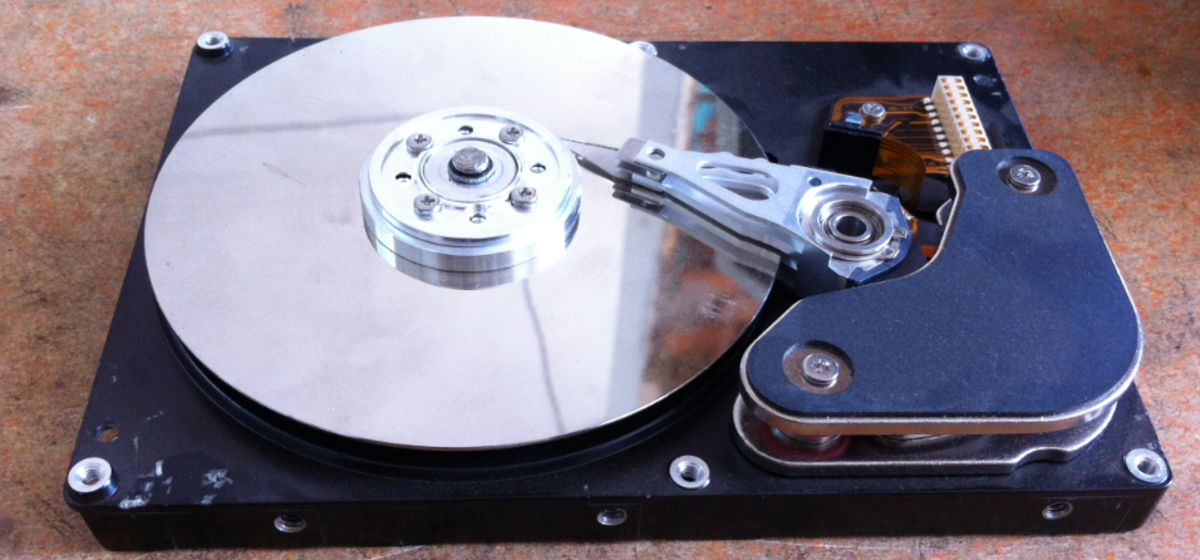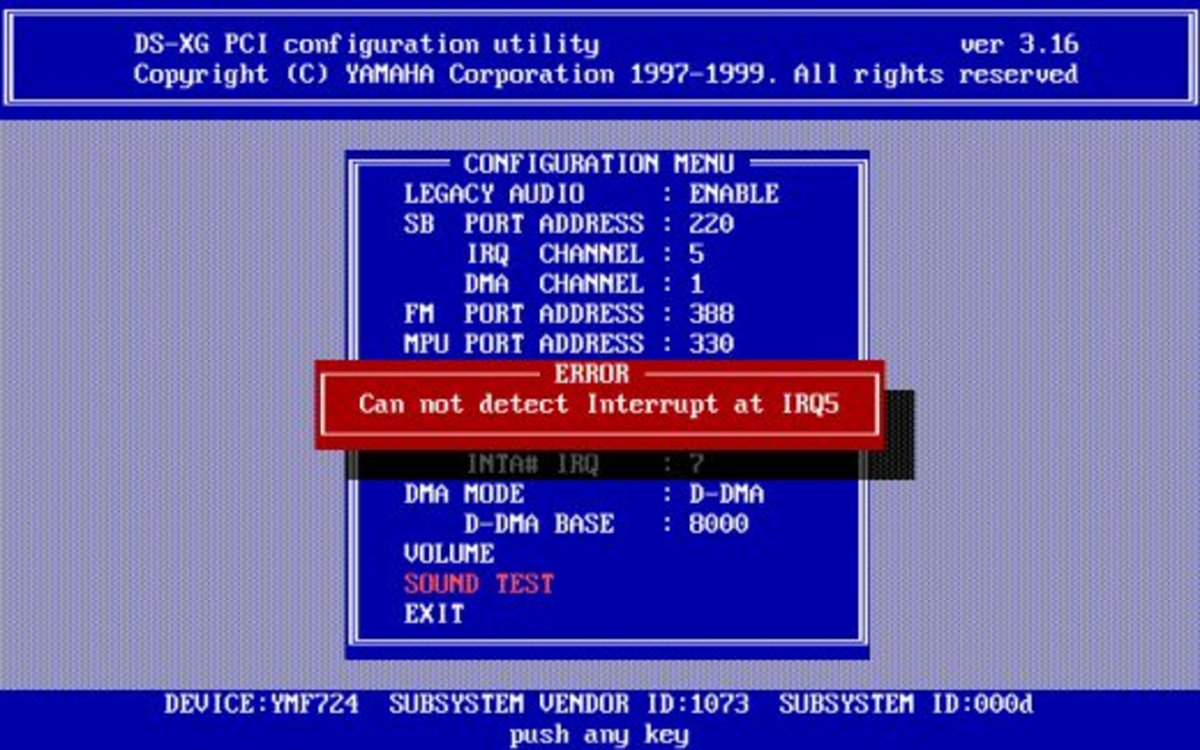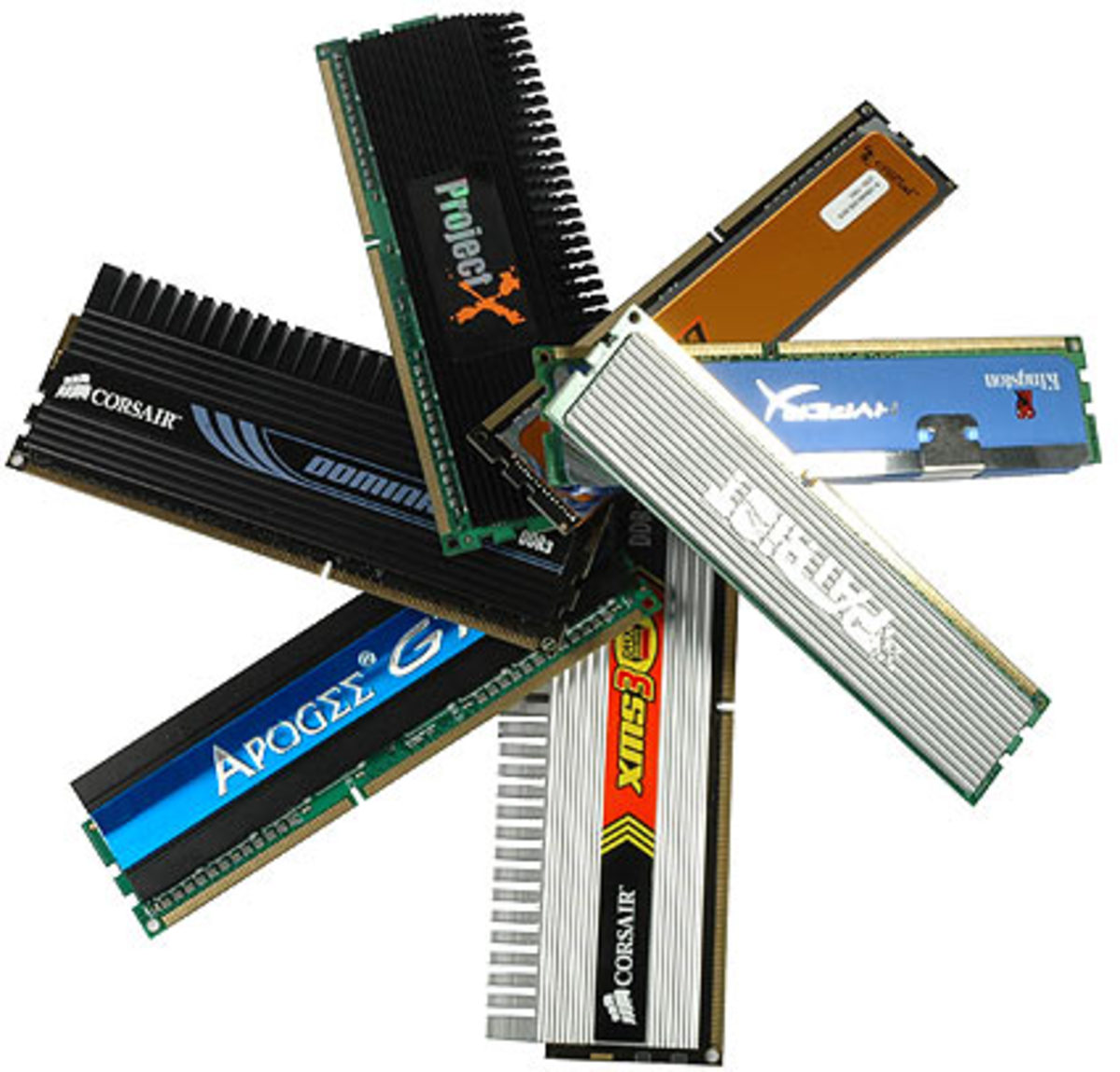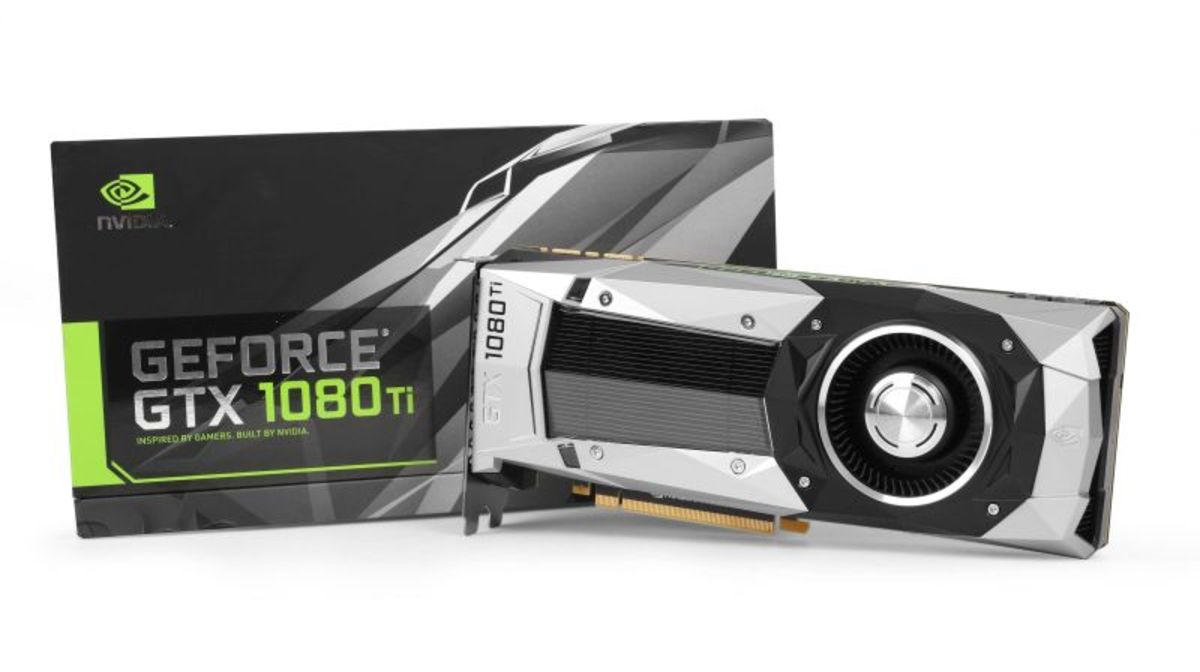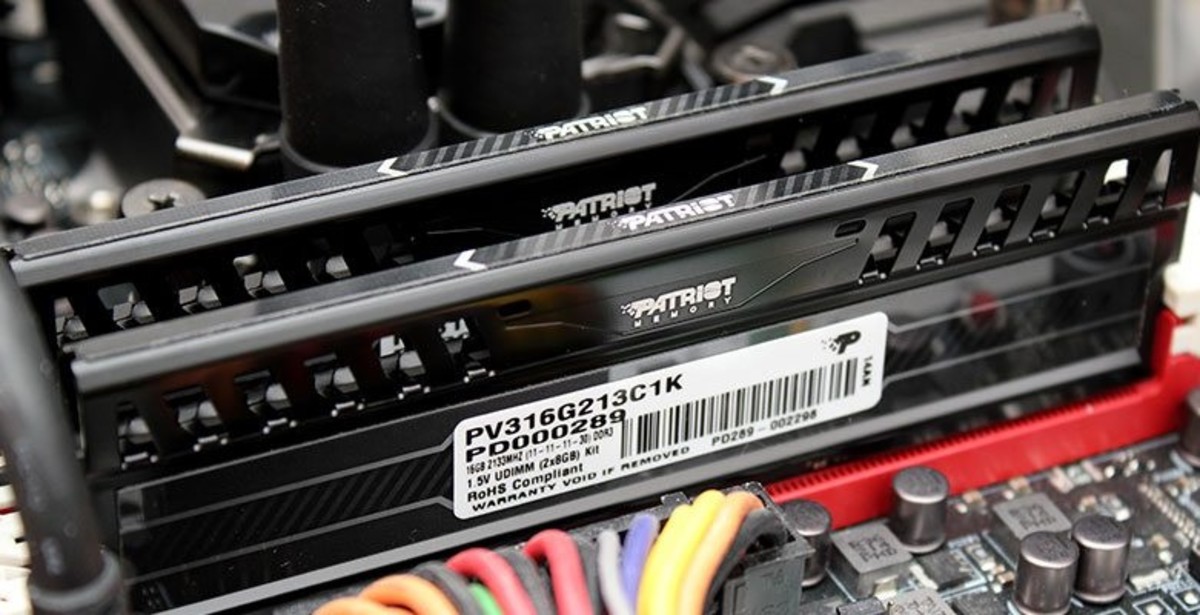- HubPages»
- Technology»
- Computers & Software»
- Computer Hardware
Best SSD For 2013
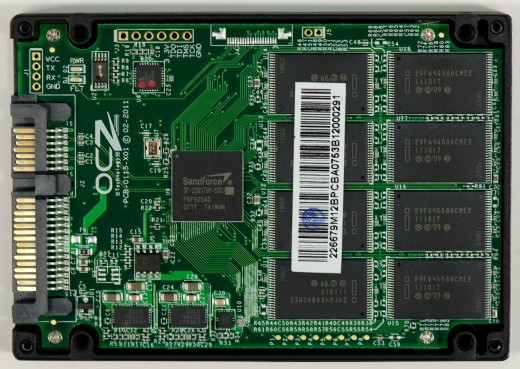
Why We Choose SSD?
If you’re planning to build a speed demon computer rig you need a fast drive, a fast processor, memory and motherboard doesn’t give you the full potential. Having an SSD is the fastest way to go.
SSD’s are totally different from the traditional hard disk drive; it doesn’t have any moving parts that slow down its operation. The data’s’ are stored in MLC NAND memory same as the flash drive you’re using to backup your files. This way, your files are immediately available for faster access.
SSD’s comes in a 2.5 inch size drive some are smaller, this makes it an excellent choice for laptop computers. Another advantage of it is that, it consume less power therefore, it doesn’t drain your battery fast giving you a longer time to finish your valuable task at hand.
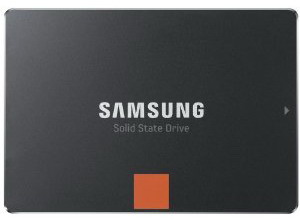
1. Samsung 840 Pro 256GB Series Review
If you’re searching for the fastest and most reliable SSD, you can found it only from the new Samsung 840 Pro Series. Samsung has a big comeback after the success of their 830 series SSD, you got the same reliability you can have from the previous drive but, their too furious when it comes to speed.
The Samsung 840 Pro series is the newest member of the family in 21nm architecture as oppose to its older version such as the 830 with 27nm. The shift from 27nm to 21nm guarantees a lower pricing from Samsung that will reduce it from at least 25%.
The new MLC toggle NAND offers a faster speed of 400bps on the chip with 2 bit-per-cell. Samsung implement their 4th generation SSD controller in the form of “MDX controller” although, they have the same internally with the previous one they include the 3 ARM Cortex R4s built-in the MDX that run at fast speed of 300MHz. in addition to that is the famous AES-256 encryption engine for the drive’s password protection.
The New Fastest SSD
The Samsung 840 Pro Series 256GB has written specs of 540MB/s in read and 520 in write, this is probably the highest attainable speed but it will definitely vary in its actual performance. The drive was tested against some of the worthy competitors such as the Intel 520, Crucial M4 and the Vertex 4.
The Samsung 840 Pro Series 256GB shows an excellent result using the AS-SSD incompressible Sequential read test with 510MB/s, followed by Crucial M4 256 with 506MB/s, Intel 520 Series 240GB with 492MB/s and lastly the Vertex 4 256GB finishing it at 467MB/s.
On the Write incompressible test, the drive consistently dominating the scene at 492MB/s, Vertex 4 256GB at 452MB/s, Intel 520 Series 240GB at 284MB/s and the Crucial M4 256GB finishing at 247MB/s.
Conclusion
The Samsung 840 Pro Series 256GB is no doubt the newly crowned the Fastest SSD out there, thankfully it also earns the most reliable drive for years. The retail price is very much acceptable as it offer lower than Intel 520 Series and OCZ Vertex. At the end of the day, if you happen to choose any of these drives it seems like the Samsung Pro Series 256GB makes you a real winner.
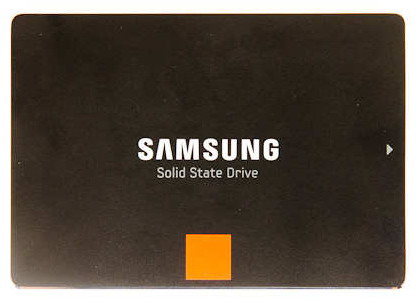
2. Samsung 840 Series SSD 250GB Review
If you’re on a tight budget, the Samsung 840 Series could be your best option. This Solid State drive performs very well and you got an additional bonus for being a lower cost.
The Samsung 840 offers the same controller and based on the 21nm architecture as the 840 Pro series version. They only differ in the Type of MLC NAND being use. The Pro Series employs the 2-bit per cell MLC NAND while the non-Pro utilizes the 3-bit per cell (Known as the TLC).
TLC NAND offers a lower production cost due to its triple bit-per-cell nature in which more NAND memory can be produced per wafer. It is also reported that the TLC NAND performs 50-percent slower than the 2bit per cell NAND.
The non Pro Series version comes only with a 3-year warranty while the Pro has a full 5-year. These are probably the tradeoffs with the cheaper SSD. However, don’t let the price judge the drive’s performance as it can still compete with the more pricey SSD’s out there.
Performance
The Samsung 840 Series shows good results in its sequential read/write test. It scores 506MB/s in read test and 314MB/s in write. Although it shows a bit slowdown in its write performance it is way better than any SandForce based controller SSD’s including the pricey Intel 520 Series.
Conclusion
Samsung is well known for reliability and the Samsung 840 Series SSD is no exemption to that. Although, it doesn’t get the fastest position as his big brother did, it is still a wise choice for budget conscious enthusiast.
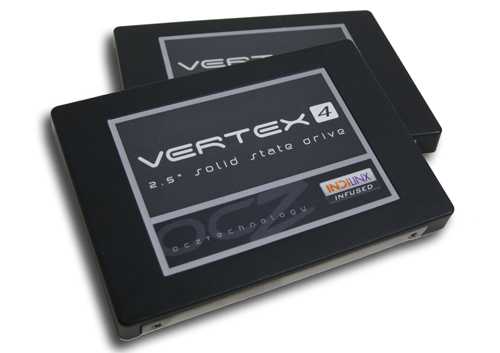
3. OCZ Vertex 4 256GB Review
OCZ Vertex 4 256GB is also one of the fastest SSD you can have, if that what you’re looking for the best SSD for 2012 you’ll surely get it. As you already know that, Vertex 3 SSD dominated the chart for being the fastest. With the new Vertex 4 SSD, they continuously bring the best performance.
Previous versions such as Vertex 2 and Vertex 3 are based on the SandForce controller, however, the Vertex 4 are totally different. This new version is now driven by the Everest 2, they created their own controller after they bought the Indilinx company.
The results were amazing as they manage to break away from SandForce that formerly suffer from some issues. Creating their own controller resolves such incompatibility problems thus eliminates the third party vendor by giving it at a lower price.
The OCZ Vertex 4 is available in different variant from 128GB, 256GB and 512GB that will satisfy your needs. The Everest 2 is based on the Octane engine which means an eight channel controller in a dual core ARM processor.
It provides a huge cache on it to boost further its performance; the 128GB and 256GB version has a whooping 512MB of cache while the 512GB version contains 1GB of RAM. The Vertex 4 is made of 25nm process based on the famous ONFi 2.2 NAND to give you the best performance.
How Fast Is It?
The drive has written specs of 535MB/s in read and a maximum of 475MB/s in write for the largest size. The Vertex 4 was place to test to see its actual performance. It clearly dominates its competition in random read performance with 40% quicker than Samsung 830, Intel 520 and Vertex 3.
This also true in its 4K random read using the IOmeter, however, in the sequential read it scores 506.6MB/s while the Vertex 3 slightly higher at 546.3MB/s and the other two fall short below.
In dealing with the incompressible file, the Vertex 4 is definitely the king in this category. In the sequential write speed it scores 453.3MB/s, the Samsung 830 scores at 395.1MB/s, while the Intel 520 and Vertex 3 both has 284.5MB/s.
Conclusion
Although, the Vertex 4 256GB was dethroned by the Samsung 840 Pro Series from being the fastest SSD, it shows solid performance in dealing with the incompressible files while SandForce based controller suffers drastically. The drive improvement over the older version took us to the next level, by totally departing from the SandForce base controller and embraces the Indilinx, OCZ has finally made wise decision.
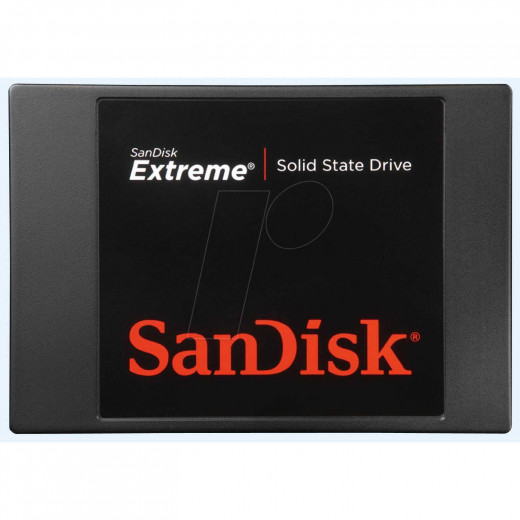
4. SanDisk Extreme Review
If you’re looking for a cheaper alternative for the best SSD, the SanDisk Extreme is definitely a wise choice. This drive comes in a lower price but it delivers an enthusiast level of performance, the SanDisk Extreme SSD targeted the masses but never compromises its performance.
SanDisk Company is well known maker of flash drive, they earn the peoples trust by giving them the best performance. When they fully embraced the world of SSD, the results we’re phenomenal. The drive is available in various sizes from 120GB, 240GB and 480GB.
What Is It In SanDisk Extreme SSD?
SanDisk Extreme is a SandForce based controller SSD using the famous SF-2281. The drive is made from premium grade 24nm MLC Toggle NAND chips. It has a listed spec of 550MB/s read and 520MB/s in write that promises a blazing performance.
The SanDisk Extreme was put to test to see how good it will perform against some of the top contender SSD out there. These are the famous OCZ Vertex 3 and Intel 520 Series which is all based on Sandforce controller.
The drive scores at 499.5MB/s in read same as the Vertex 3 in 2MB sequential read transfer speed while dominating at 472.1MB/s in write. Looking at the random read/write transfer speed it constantly bring outstanding scores at 498.5MB/s in read and 471.9MB/s in write that clearly overlooks the Vertex 3 and Intel 520.
Even at the smaller size transfer with 4K random read/write speed the SanDisk Extreme continuously topping the chart with more than 20% faster than the two.
Conclusion
The SanDisk Extreme proves to be the best SSD you can have with SandForce based controller. If you’re planning to upgrade your system but you’re on a tight budget, this drive is definitely one of the fastest SSD you can have at a very affordable price.
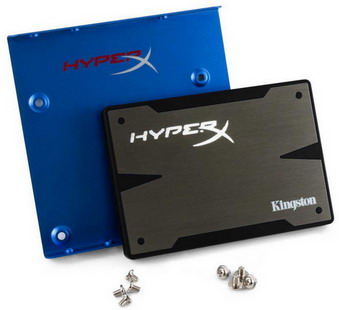
5. Kingston HyperX 3K Review
The Kingston HyperX 3K is certainly a worthy to consider if the price is the main concern in choosing the best SSD. Kingston has created this version to bring a lower price to the masses in which it doesn’t sacrifice its performance.
The drive is no different from the rest, such as the Intel 520 series and SanDisk Extreme who uses the SandForce SF-2281 controller which is one of the fastest controllers up to date. The Kingston HyperX 3K is available in four different variant starting from 90GB, 120GB, 240GB and 480GB sizes.
The drive looks marvelous in a brushed aluminum package in an X-shape appearance, right off the box it is bundled with useful tools such as the CD installer with Acronis cloning software, SATA cable, SSD enclosure, USB to mini USB cable, drive adaptor from 2.5 inch to 3.5 inch for desktop PC usage.
How Fast The Kington HyperX 3K?
Looking at the drive specs, it has a written 555MB/s in read and 510MB/s in write. Based on these figures, the Kingston HyperX 3K has its full potential to compete for the fastest SSD. To see how good it will perform it was put to test against a number of valuable opponents like the Intel 520 Series, Samsung 830 and his rival HyperX 5K.
Using the ATTO Disk Benchmark to test its read and write performance, it surprisingly shows a read score 550MB/s which is very close to its printed specs and a write speed of 525MB/s that exceeded the 510MB/s value.
In the AS SSD sequential read/write performance, the drive continuously brings excellent results that can really compete against the best out there. Although on the down side, it shows some slowness on the sequential write with only 172MB/s.
On the Windows 7 booting time test, it is quicker than the Samsung 830 and almost the same as the Intel 520 Series.
Conclusion
The Kingston HyperX 3K proves a solid performance here, however, it experiencing some sluggishness on the sequential write performance. This is probably the biggest disadvantage of any SandForce based controller and the usage of the lower 3K Toggle NAND compare to its 5K counterpart.
The drive is offering a lower cost making it easier to recommend to anyone who’s seeking for the best deal, the bundled tools and software greatly adds to its value.
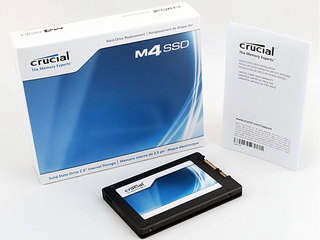
6. Crucial M4 Review
The Crucial M4 offers a good price and performance for enthusiasts who’s searching for the best SSD; this is the reason why it became the best selling SSD for 2012. If you’re thinking for an upgrade for your laptop or even desktop, the Crucial M4 is definitely a wise choice.
The Crucial M4 is available in different capacity that will suit your needs, from 64GB, 128GB, 256GB and 512GB. A great looking design that comes in a standard 2.5 inch lightweight casing, this will fit in any laptop and can be used in desktop PC using a 3.5 inch drive adapter. This works perfectly in any Operating System you’re using such as Windows, Mac and Linux based will run flawlessly.
It uses the latest SATA 6GB/s interface, if you don’t have it, no need to worry because it is also compatible with SATA 3GB/s. However, we have to take note that its performance will suffer a bit loss, you can find out in its performance test below.
The Crucial M4 managed to stick with the same Marvel 9174, maybe not the fastest but the most reliable controller out there. Adding to its speed is the inclusion of the 128MB Cache; this holds temporarily the most frequently used data’s to have a lightning fast access. This works perfectly best in a Trim environment.
The newly revised firmware version 0309 gives tremendous boost in its performance, if you got the older version of it, you can download it free to their site. The 128MB disk space when formatted you got 119.24GB left, that was 8.76GB cut off but, this is larger than any 120GB counterpart with only 111GB remaining.
Performance
To see how well it performs the Crucial M4 is put to the various read/write test procedures. In the sequential read performance using the AS SSD BenchMark it gives a very good numbers of 396.59MB/s for sequential and 187.11MB/s in write.
If we have to use it in a SATA 3GB/s interface we got the following test results here. The sequential read speed is down to 265.11MB/s and 183.85MB/s in write. These values suffer a huge different of more than 131MB/s but not much in write. The reason behind this is that, it is impossible to provide a speed more than 300MB/s for the SATA 2 interface.
Conclusion
Although it’s not the fastest SSD out there, it gives a solid performance and well deserve for enthusiast grade stuff. It comes with a very affordable price; an additional 8GB on top of a 120GB to its competitor proves it’s worthy. A three year warranty is a good offer to protect your purchase; you got nothing to lose here.
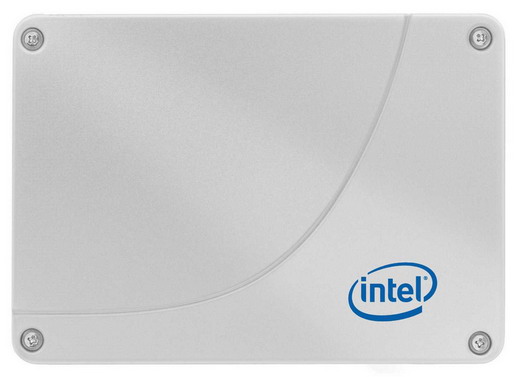
7. Intel 520 Series 240GB Review
If you’re looking for fast and reliable SSD, the all new Intel 520 Series 240GB is perfectly made for you. This is the latest from Intel SSD line after the success of the 320 Series and 510 Series. Intel SSD’s are well known for its reliability, this is the reason why shoppers always go for it despite of the price premium.
The Intel 520 Series is available in different variant that will suits your needs starting from 60GB, 120GB, 180GB, 240GB and 480GB as the largest. All drive has rated 550MB/s in read and differs in write performance having 475MB/s for the smallest size up to 520MB/s for the biggest respectively.
Intel made a big comeback after being laid back with speed issues before but, this time it brings you a lightning fast performance in the form of 520 Series. Starting from 510 Series backward, Intel has been stuck with the Marvel controller, we’re nothing against it although the reliability it offers is superb.
However, this is the right time for them to join the fast track using the SandForce SF-2281 controller. After having some bugs problems before and finally resolves it, Intel develops a killer firmware for this to really stand out the game.
The SandForce SF-2281 is the reigning speed king controller today, this is the reason why most well known SSD manufacturer is geared with this such as the OCZ and Corsair to name some and lately Intel has finally jump in. It features the DuraWrite to compress files for faster data access as well as minimize the write cycle thus extends its life.
Performance
To find out how well it will perform the Intel 520 Series 120GB was put to test. Intel have written specs for this drive with 550MB/s in read and 500MB/s for write, does it manage to reach this speed? Let’s find out.
Using the Atto Benchmark in sequential read performance, it produced an outstanding 558MB/s. This surpasses Intel’s rated read speed, this is the fastest ever achieved for a certain SSD up to date. It almost reached the SATA 600MB/s interface and shows excellence in dealing with compressible files.
In the sequential write performance, it continuously brings a jaw dropping figures with 517MB/s. Again, it exceeded the rated 500MB/s which are exceptional heights for a certain drive. This how the DuraWrite features in the SF-2281 took the advantage in dealing with compressible files, but the question is, does it deliver the same goodness in handling incompressible files?
Using the AS SSD Benchmark in sequential read performance, this time we’re dealing with incompressible files and the magic of the DuraWrite don’t have an effect on it. It continuously brings an impressive record with 497MB/s, sadly it falls down to 160MB/s in write while it’s 240GB version scores at 290MB/s. This a bit downside with smaller size SSD’s, if you’re working mostly with incompressible files the 240GB and above gives you an advantage.
Conclusion
The Intel 520 Series 240GB GB is undoubtedly rock solid performer. Intel finally did it to combine the fastest and highly reliable SSD in a single drive; this is what most enthusiasts sought after. We saw a big leap over its predecessor 510 Series version, the SandForce SF-2281 is definitely the biggest factor and backs it up with outstanding firmware. Intel smartly develops this tandem to stands out from the rest.
Get The Lowest Price SSD Only At Amazon
Read More Related Articles Here
- Best Intel Processor 2015
Discover the Best Intel Processor for 2015 - Motherboard CPU Combo
Discover the best Motherboard CPU Combo for 2015




